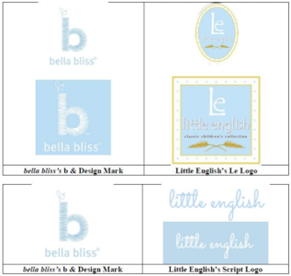The US Court of Appeals for the Fifth Circuit found that the district court abused its discretion in wholesale exclusion of evidence on the issue of genericness. The evidence was offered to show prior use of a trade dress from more than five years prior to an alleged infringer’s first use of a mark. Gibson Inc. v. Armadillo Distribution Enterprises, Inc., Case No. 22-40587 (5th Cir. July 8, 2024) (Stewart, Clement, Ho, JJ.)
Gibson filed trademark infringement and counterfeiting claims against Armadillo Distribution Enterprises in 2019, alleging that Armadillo infringed four of Gibson’s trademarked guitar body shapes, one guitar headstock shape and two word marks. Just before trial, the district court made several evidentiary rulings on the parties’ motions in limine, including one in which Gibson sought to exclude all arguments and evidence related to advertisements or sales of third-party guitars before 1992, arguing they had limited probative value and were unduly prejudicial. Gibson argued that any third-party-use evidence should be restricted to a five-year period from 1992 to 1997. In its first exclusion order, the district court found that evidence of third-party use was relevant to determining whether a mark was generic or unprotectable but concluded that the probative value of the evidence from before the 1990s was low and found that the five-year cutoff date was reasonable. Armadillo objected to that ruling, leading to oral argument and a second exclusion order upholding the first order. The district court relied on Federal Rule of Evidence (FRE) 403 and the 2018 Federal Circuit ruling in Converse v. International Trade Commission to support this wholesale exclusion of evidence prior to 1992.
The parties proceeded to trial in mid-2022. A jury found that Armadillo infringed all of the trademarks other than one word mark and found that Armadillo marketed counterfeits. Armadillo appealed based on the district court’s exclusion of decades of third-party-use evidence. Armadillo asserted that this evidence was central to Armadillo’s counterclaim seeking cancellation of the marks and its main defense of genericness.
The Fifth Circuit first considered the district court’s reliance on Converse and determined that the district court abused its discretion in excluding the third-party evidence predating 1992. Armadillo argued that reliance on Converse was error because that case concerned secondary meaning and not genericness. Gibson countered that genericness and secondary meaning are closely related issues and that the five-year period predating infringement is the most logical measuring line. Alternatively, Gibson argued that 15 U.S.C. § 1064 would bar evidence predating 1992 because it provides that a petition to cancel a mark’s registration must be filed within five years from the date of registration of the mark.
The Fifth Circuit found that Converse did not rule that third-party-use evidence from more than five years prior to the alleged infringer’s first use was irrelevant to the issue of genericness and did not compel a strict five-year limitation of third-party-use evidence. The Court further reasoned that under Converse, evidence of prior use is relevant if such use was likely to have [...]
Continue Reading
read more

 Subscribe
Subscribe









